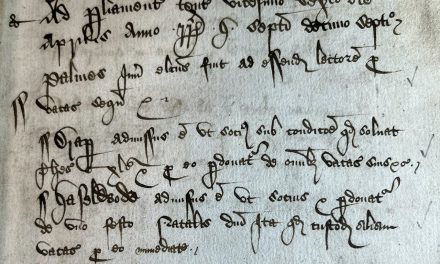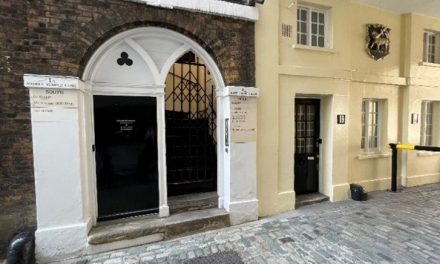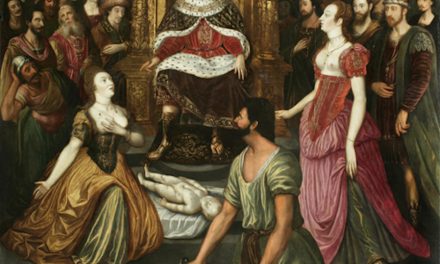The tradition of electing Royal Benchers at the Inns of Court has its origins in the relatively recent past. While the first known Royal Bencher was James, Duke of York, later King James II (1633-1701), a Bencher of Inner Temple from November 1661, the custom of routinely electing a Royal Bencher at each Inn of Court only began two hundred years later. The Royal Bencher that established this new tradition was HRH Albert Edward, Prince of Wales, later HM King Edward VII, elected to the Bench in 1861 to the great pride of the membership.
On Thursday 31 October 1861, at the young age of 19, the Prince of Wales was first Called to the Bar and then elected to the Bench of the Middle Temple – an occasion that was ‘the most important ceremonial in which he has engaged in this country’. This was mere weeks prior to an infamous visit by his father, Prince Albert, to issue a reprimand for ‘dissolute’ behaviour – a visit that Queen Victoria would forever blame for her beloved husband’s death on Saturday 14 December 1861. However, in October that year there was no hint of the troubled times to come. The Benchers of the Inn planned solemn ceremonials for the Prince’s Call to the Bench, which took place at the first meeting of Parliament to be held in the new Parliament Chamber. After these proceedings, the Bench, including their new Bencher, proceeded to the newly constructed neo-gothic Library Building, which was then ceremonially opened by the Prince of Wales. In addition to many members being in attendance at the ceremony, each Bencher was allocated tickets for three ladies, and it was said that ‘the varied hues of their morning costumes were absolutely necessary in an artistic point of view to relieve the sombre monotony of the wigs and gowns’.
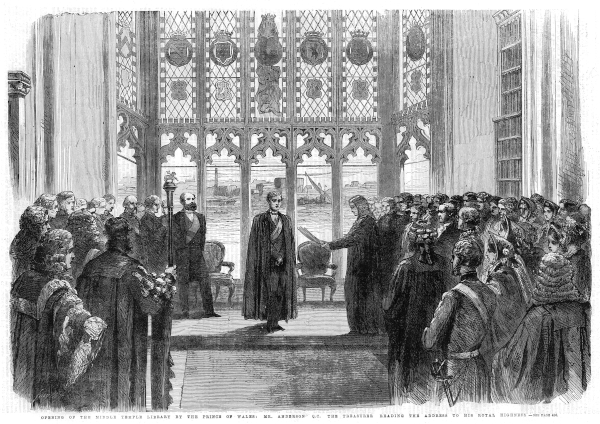
The Inn was elaborately decorated for the Call of its first Royal Bencher. A massive edifice of canvas was erected in Fountain Court, which was adorned with statuary, flowers and ‘plate-glass’, and the fountain was illuminated with electric lights, an extremely novel technology. Here guests alighted from their carriages and a guard of honour was drawn up for the Prince of Wales. A huge dining pavilion lay beyond this, which accommodated 500 diners, and a corridor was created down to the garden illuminated with gas pendants. A magnificent luncheon or ‘dejeuner’ was provided for guests and a ‘conversazione’, a social gathering for conversation and discussion, was held in the Library during the evening after the departure of the Prince.
In order to honour their Royal Bencher, the Inn commissioned a portrait in 1877 from George Watts OM RA. Watts advanced far with the painting and completed multiple sittings with the Prince of Wales. However, due to His Royal Highness’ busy schedule, the sittings were irregular and painted in different lights. Watts also had to retouch the painting without the presence of the sitter. He was dissatisfied with the work and discontinued the project in 1880, refunding his fee and recommending the artist Frank Holl RA for the commission. The Middle Temple followed Watts’ recommendation of commissioning Holl, and the final painting was completed in 1884. The portrait was not universally admired – as one columnist politely stated, ‘opinions differ, perhaps as to the artistic merits of this portrait, which certainly contains an enormous amount of background, and is of very large size indeed’, though the prince was said to ‘much admire the picture’.

1887 was the year of Queen Victoria’s Golden Jubilee and the occasion was marked at the Middle Temple by inviting the Prince of Wales to be their first Royal Treasurer. He was duly confirmed Treasurer on Friday 19 November 1886 ‘for the year ensuing’. However, his position as Treasurer was largely ceremonial and a Deputy Treasurer, Peter Henry Edlin, was appointed to perform the practical duties of the position during his year of office, though the Prince’s secretary was keen to ‘express the hope that as HRH takes a great interest in the affairs of the Inn, you will at no time hesitate to refer to him in the event of any matter of difficulty or gravity arising in connection with the office’.
The Prince of Wales had a reputation for breaking rules and conventions, and this characteristic also emerged at the Middle Temple. He was credited with breaking the taboo around smoking in Hall when he dined there with his son, Prince Albert Victor (1864-1892), also a Bencher of the Inn, in the late 1880s. Popular legend states that after dinner, the prince pulled out a cigar and proceeded to smoke it. ‘The roof did not fall nor the floor open, though it is said that an old servitor of the Inn nearly fainted at the innovation’. The long convention of smoking being forbidden in Hall ‘vanished with the first puff from the Royal cigar’ and smoking was from that day allowed after dinner on Grand Days at the Middle Temple.
After Albert, Prince of Wales ascended the throne as King Edward VII in 1901, there was speculation in the press as to whether he would continue in the capacity of Bencher of the Middle Temple. One columnist, published in the Shipley Times and Express, wrote; ‘The King will not be seen again as a Bencher dining in the Hall of the Middle Temple, to which he was Called just forty years ago, but it is probable that his Majesty will sever his entire connexion with the Temple’. Perhaps in an attempt to quash this speculation, the inaccurate claim was put about that King Charles II had also been a Bencher the Middle Temple, as if this was the case ‘it would be in accordance with the fitness of things that the King of England of the time should, like Charles II and his present Most Gracious Majesty, be Benchers of the Inn which claims to number them among its members’. Fortunately, the dire predictions of certain members of the press did not come to pass, and the King retained his status as a Bencher, ‘one of the few positions that His Majesty thought fit to continue to retain as not incompatible with his kingly dignity’.
The King had visited the Middle Temple on many occasions as Prince of Wales, but his attendance at Grand Day 1903 was of particular significance to the Society, as it was the first time that it had hosted a reigning monarch for dinner. Due to high demand, a ballot had to be created for allocation of the 200 dining places and there was extensive press coverage of the event, with the Illustrated London News hailing it as ‘the greatest social event in the history of the Middle Temple’. A guard of honour was provided by the Inns of Court Rifle Volunteers, known as ‘The Devil’s Own’, and a specially constituted military band played in the Hall Gallery during the evening. The event was also notable as the first occasion that our Royal Bencher had dined in Middle Temple Hall under the glow of the new electric light, which had been installed during the 1890s. The evening ran from 8:00pm to 11:30pm and as the King’s carriage drove down the Embankment at the end of the night, he was greeted by cheers.
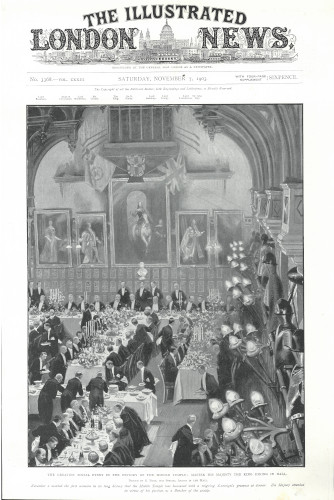
After King Edward’s death on Friday 6 May 1910, the Benchers of the Inn decided to celebrate the former King’s long association with the Society by providing the sum of one hundred guineas on his birthday every year ‘to be applied in assisting members of the Middle Temple to pursue study and research connected with English and foreign law, comparative legislation, and legal history, or such other subjects connected with the profession of the law…’ This annual grant became the King Edward Memorial Fund for Legal Study and Research. King Edward was also posthumously commemorated by the loan of a portrait of him from the Royal Collection in the 1960s. This currently hangs prominently in the Parliament Chamber and has for the last 60 years observed the governance of the Middle Temple.
King Edward VII, though suffering from a poor reputation for idleness and dissipation when he was the Prince of Wales, added greatly to the prestige of the Middle Temple by becoming its first Royal Bencher. His election was a source of pride for the Inn and a generated a large amount of positive press coverage over the course of his long membership. As well as expressing interest in the affairs of the institution, the King’s famously extroverted personality generated delight among his dining companions and broke long-standing conventions of the Society.
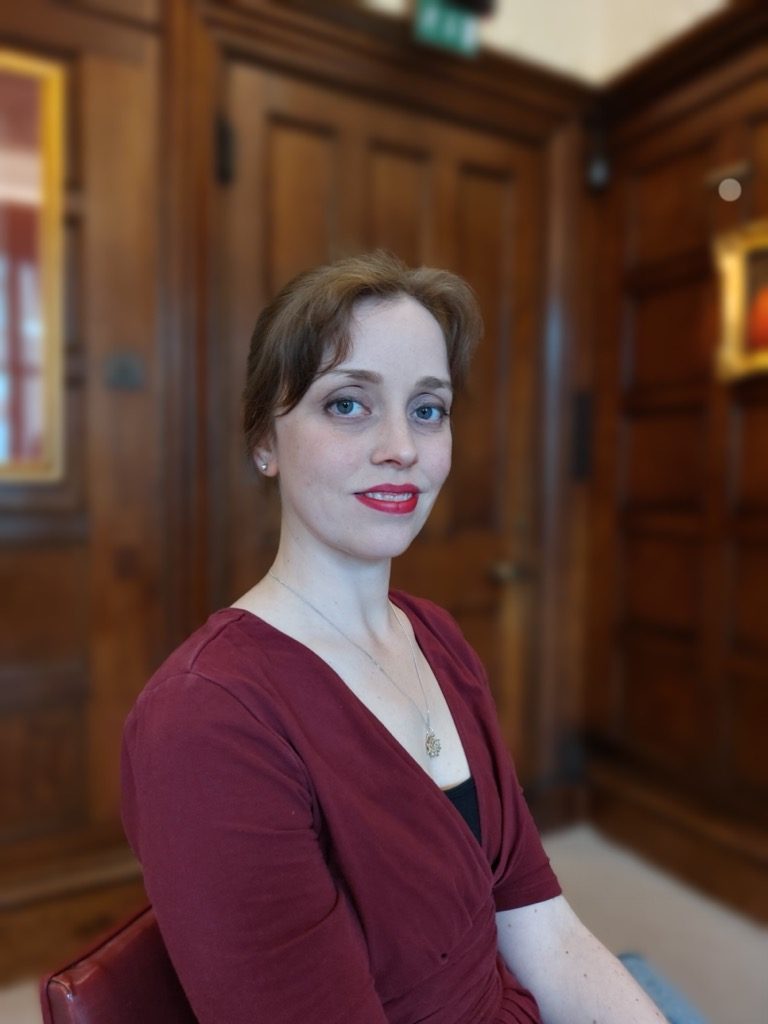
Victoria first joined the Inn as Projects Archivist in 2017, before becoming Assistant Archivist in 2019. She brought experience in the management of historic collections from her previous position at the V&A Museum Archive of Art and Design and has volunteered as a Historical Interpreter for various organisations since 2010.

